Swertia bimaculata
Swertia bimaculata
1. The products in our compound library are selected from thousands of unique natural products; 2. It has the characteristics of diverse structure, diverse sources and wide coverage of activities; 3. Provide information on the activity of products from major journals, patents and research reports around the world, providing theoretical direction and research basis for further research and screening; 4. Free combination according to the type, source, target and disease of natural product; 5. The compound powder is placed in a covered tube and then discharged into a 10 x 10 cryostat; 6. Transport in ice pack or dry ice pack. Please store it at -20 °C as soon as possible after receiving the product, and use it as soon as possible after opening.
Natural products/compounds from Swertia bimaculata
- Cat.No. Product Name CAS Number COA
-
BCN6219
Sweroside14215-86-2
Instructions
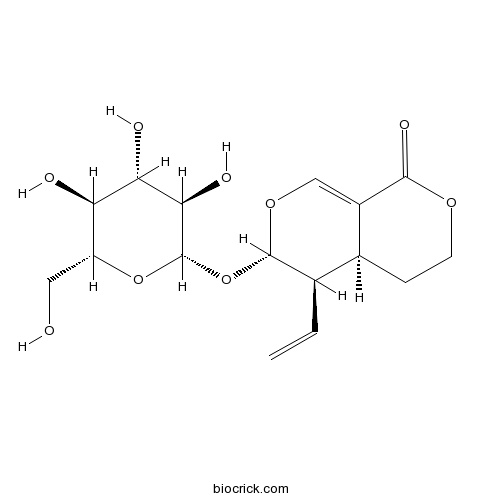
-
BCN1684
Rutin153-18-4
Instructions
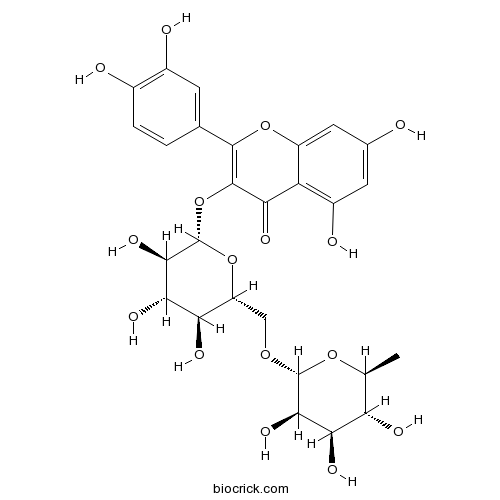
-
BCN1126
Nicotiflorin17650-84-9
Instructions
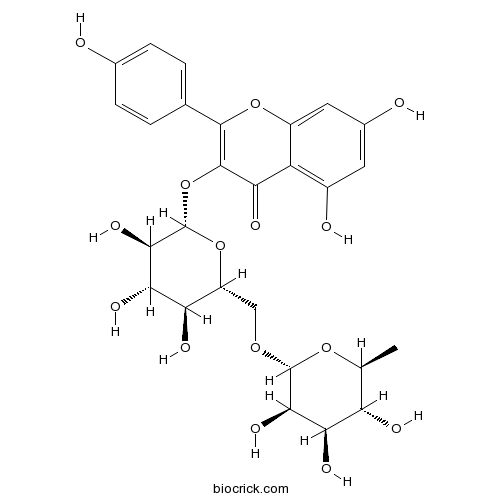
-
BCN5441
Isovitexin38953-85-4
Instructions
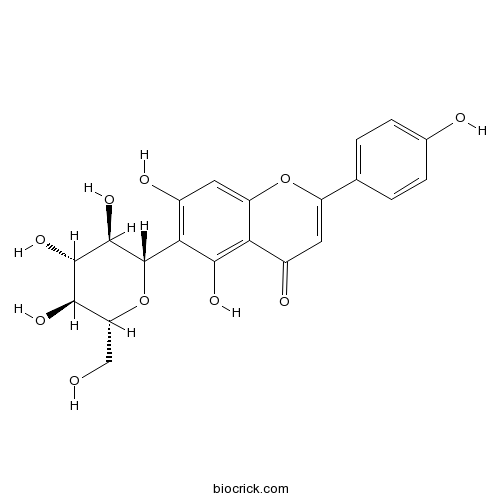
-
BCN5549
Astragalin480-10-4
Instructions

-
BCN5653
Kaempferol520-18-3
Instructions
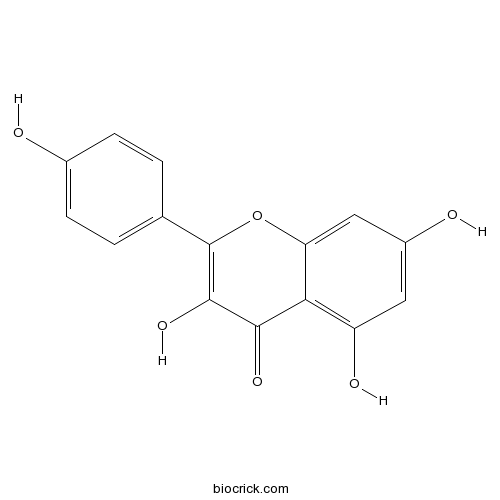
Anti-inflammatory and Anti-HIV Compounds from Swertia bimaculata.[Pubmed: 28662527]
None
Three new xanthones from Swertia bimaculata and their anti-5α-reductase activity.[Pubmed: 28030961]
Three new xanthones (1-3), together with five known ones (4-8), were isolated from whole herb of Swertia bimaculata. Their structures were established on the basis of detailed spectroscopic analysis (1D- and 2D-NMR, HRESIMS, UV, and IR) and comparison with data reported in the literature. New isolates were evaluated for their anti-5α-reductase activity. The results revealed that all new compounds showed weak activity with reductase inhibitions of 40.5 ± 2.8, 38.6 ± 2.5, and 48.9 ± 3.0%, respectively.
Xanthone glycosides from Swertia bimaculata with α-glucosidase inhibitory activity.[Pubmed: 24687743]
Seven new xanthone glycosides (1-7) were isolated from the n-butanol extract of Swertia bimaculata, together with six known compounds (8-13). Their structures were elucidated on the basis of extensive spectroscopic analyses (1D- and 2D-NMR, HRESIMS, UV, and IR) and comparison with data reported in the literature. All the compounds were evaluated for their α-glucosidase inhibitory activities in vitro, and compounds 3, 4, and 7 exhibited significant activities to inhibit α-glucosidase. Meanwhile the effects of different substitutions on the α-glucosidase inhibitory activity of xanthone glycosides from S. bimaculata are also discussed.
Hypoglycemic Activity and Antioxidative Stress of Extracts and Corymbiferin from Swertia bimaculata In Vitro and In Vivo.[Pubmed: 24250711]
The present study was to investigate the anti-diabetic activities of Swertia bimaculata. Based on the glucose consumption of S. bimaculata extractsand different fractions (petroleum, dichloromethane, ethyl acetate, n-butanol and water extracts) in 3T3-L1 adipocyte assay, ethanol (ETH) and dichloromethane (DTH) extracts had the most effective potency. Furthermore, ETH, DTH and corymbiferin (the most abundant component of DTH) were evaluated for anti-diabetic effects in high fat and sucrose fed combined with low dose streptozocin induced diabetic rats. DTH and corymbiferin displayed remarkable anti-diabetic activities. The fasting blood glucose levels were significantly decreased, while the serum insulin levels were obviously increased. The oral glucose tolerance was also improved. The lowed serum total cholesterol, low density lipoprotein (LDL) and triglyceride levels and increased ratio of HDL (high density lipoprotein)/LDL were observed. The insulin sensitivity was improved on the basis of increased expressions of insulin-receptor substrate-2, phosphatidylinositol 3-kinase and Ser/Thr kinase AKT2. And also DTH and corymbiferin improved antioxidant capacity and carbohydrate metabolism in diabetic rats, along with the improvement of histopathology of livers and pancreatic β cells. Corymbiferin was one of active constituents, responsible for anti-diabetic properties. Therefore, S. bimaculata could be considered as an alternative agent against diabetes mellitus.


